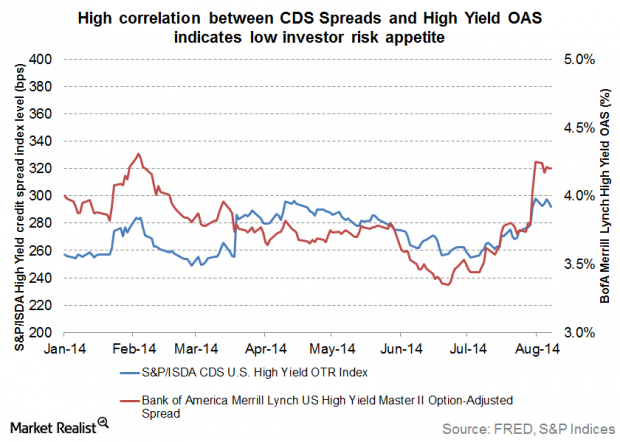HowTo Understand Bond and Yields
Post on: 6 Март, 2017 No Comment

Bonds and Yields
What’s the difference between interest rate and Yield?
Bonds can be an excellent investment for those investors looking to generate income. Bonds are debt instruments that make interest payments to their holders. The interest rate varies according to the maturity date of the bond and the credit rating of the issuer.
The annual rate of return on a bond is known as its yield. A bond’s yield is different from its coupon rate in that a bond’s yield fluctuates according to price of the bond, while a bond’s coupon, or interest rate remains, the same for the life of the bond. In other words, a $1,000 bond paying 10% interest would have an annual yield of $100 or 10%. However, if the bond sells for $1,100, it still has a 10% coupon, but the yield drops to 9% ($100/$1,100 = .09 or 9%). Conversely, if the price of the bond were $900, it still pays a 10% interest rate, but the yield goes up to 11% ($100/$900 = .11 or 11%).
The relationship between a bond’s price and its yield is an inverse relationship. In other words, as the price of a bond goes up the bond’s yield drops, and vice versa. Though it sounds simple when explained, this aspect of bond trading is one of the most difficult concepts for new investors to grasp.
The factors that effect bond pricing and yields are the maturity of the bond and the credit rating of the issuing agency. It is important to remember that if a bond is held to maturity (assuming the issuing entity remains solvent), the face value of the bond will be paid off to the ultimate bond holder (the person or institution holding the bond at maturity). All interest payments received to that point are in addition to the face value of the bond. Therefore, the longer term a bond is, the greater its yield to maturity.

Just like long term loans carry higher interest rates than short term loans, bond rates and yields behave in much the same way.
The other major factor effecting the price and yield of a bond is the credit rating of the issuing entity. Obviously, US Government bonds carry very little risk of default and therefore have lower yields. The other end of the spectrum is the realm of junk bonds. Junk bonds are high-yield corporate debt instruments that are considered high risk. In between the two are a vast array of different grades of bonds to meet every investor’s income objectives and appetite for risk. Bond rating agencies like Moody’s and Standard & Poors grade individual bonds on their risk level. A-rated bonds carry very little risk and pay lower yields, while BBB-rated bonds are higher risk and pay higher yields.
One last factor effecting the price and yield of a bond is the bond’s insurance status. This really only applies to the bonds issued by local government agencies such as cities and counties. These bonds are known as municipal bonds. Often, to make a bond issue more appealing to investors, a municipality will purchase insurance on a bond issue, virtually guaranteeing the safety of the bond principal and interest. This decreases the risk of the bond dramatically, and lowers the bond’s yield respectively.














